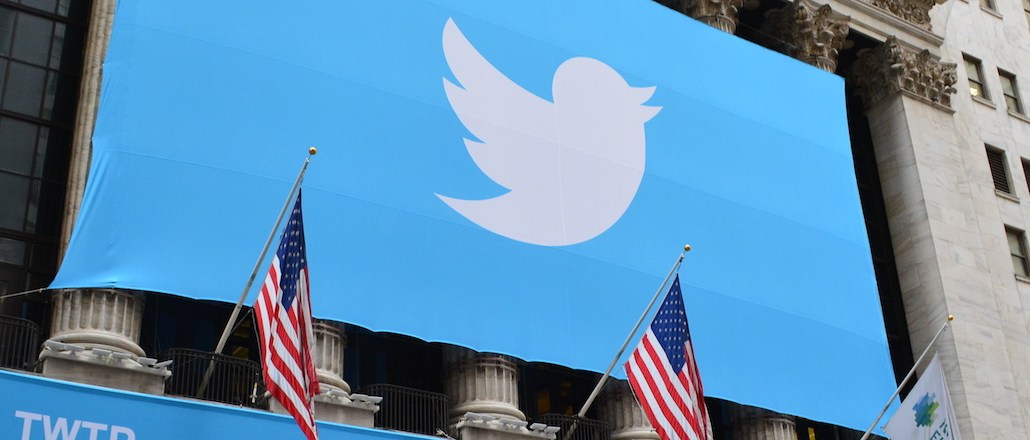
Twitter is growing revenue as a brisk pace, yet it can’t shake concerns that it isn’t growing its active user base fast enough to play with the big social platforms, particularly Facebook.
But Twitter may have finally found an answer to its growth woes in Fabric, a series of app-development tools the platform unveiled last week. With Fabric, developers can now more easily integrate tweets and MoPub into their apps, giving Twitter a chance to finally realize CEO Dick Costolo’s vision of monetizing Twitter’s outsized influence on the culture.
The strategy is twofold: Having tweets embedded in more apps will introduce the service to more people, some of whom will (they hope) become Twitter users themselves. Failing that, making it easier for developers to incorporate MoPub ads into their apps will help Twitter serve ads to those uninterested in its core service.
That Wall Street shrugged at Twitter’s growing ad business speaks to how pressing the company’s user-growth problem is. The service now has 284 million users, a 23 percent increase from the same quarter the year before. In the second quarter, its users grew 24 percent from the previous year and in the first quarter, 25 percent.
The lower growth rate was especially troubling considering Twitter rolled out during the third quarter new World Cup-focused features designed to make the service more palatable to first-time users. Twitter was incredibly active during the tournament, but the newbies don’t appear to have stuck around.
Costolo has countered these concerns by arguing that Twitter’s cultural influence far outweighs its number of users and that the company will continue to increase revenues by extracting that untapped value. While growing revenues per user give credence to Costolo’s argument, Wall Street does not appear to buy it.
The glaring hole in Twitter’s influence narrative is that Twitter can only display promoted tweets, hashtags and accounts to people on Twitter proper; those only casually familiar with Twitter are not recipients of those ads. Twitter can advertise to them via its mobile ad network MoPub, but those ads are native to the applications in which they’re served. And curiously, Twitter still does not serve ads in third-party Twitter clients such as TweetDeck even though they attract Twitter power users, a valuable market segment.
Fabric proposes to change all that by making it easier for apps to incorporate tweets and MoPub into their services. Fabric could also have a positive effect on Twitter proper; Fabric enables people to compose tweets from other apps, ostensibly increasing the amount of activity on Twitter.
Costolo closed his opening remarks to analysts by mentioning that Fabric is already being used by tens of thousands of apps (including The Wall Street Journal and Spotify), adding that Fabric’s MoPub component will help Twitter’s bottom line.
Jeff Seibert, Twitter’s mobile platform director, downplayed the monetization aspects to Fabric, however, saying that the immediate goal was to have it as widely adopted by app developers as possible.
“This is a very long-term strategy. The primary goal is making app developers interested in building on Twitter.” Seibert told Digiday. “We’re confident if Fabric is successful, that bottom line will be met.”
More in Media

Here are the biggest moments in AI for publishers in 2025
Here are some of the moments that defined how publishers adapted to the AI era this year.

Digiday+ Research roundup: Gen Z news consumption and diversification in the DSP space were 2025’s top trends
As 2025 winds down, we rounded up the biggest trends of the year, based on the data that resonated the most with Digiday’s readers.

What publishers are wishing for this holiday season: End AI scraping and determine AI-powered audience value
Publishers want a fair, structured, regulated AI environment and they also want to define what the next decade of audience metrics looks like.





